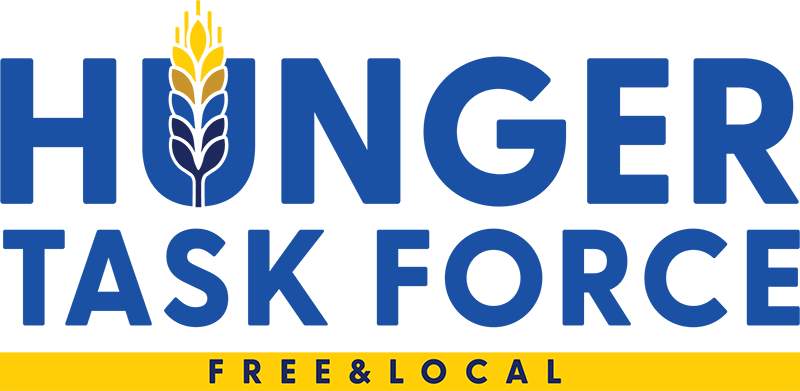The Impact of Free Summer Meals and the Milwaukee Model
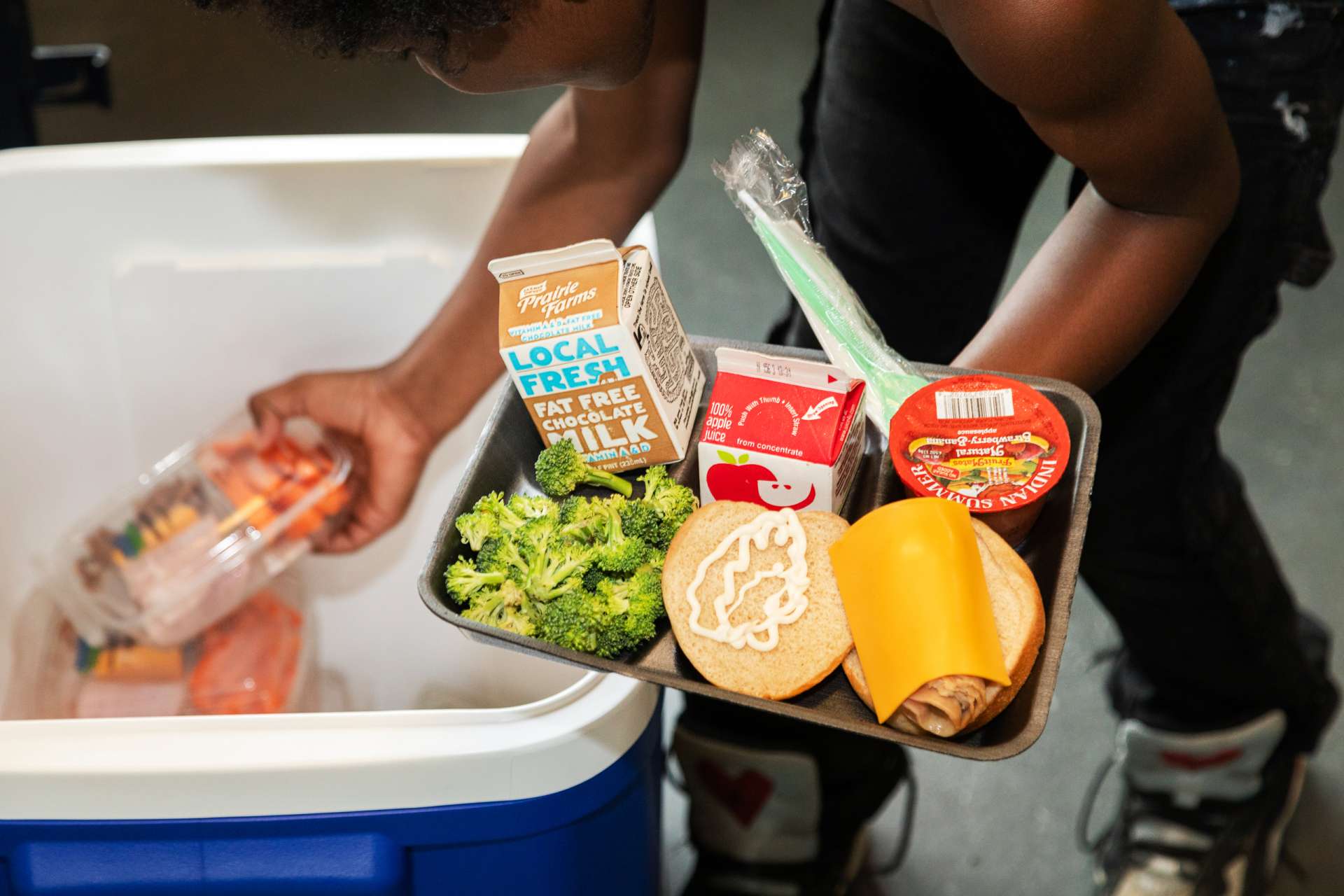
Written by Jonathan Hansen, Hunger Task Force Chief Strategy Officer
————————————–
When I think about summer in Milwaukee, a few things jump to mind. Kids playing in pools. Our great weekend festivals. Grilling in the backyard. And long lines at food pantries. Yes, one of these is not like the others.
In Milwaukee—and communities across the country – summer is the peak time for childhood hunger. When kids lose access to school meal programs, many families turn to food pantries for help. Each year Hunger Task Force sees pantry numbers rise from June to August. One in 4 kids in our community faces hunger, and with the high costs of food and inflation more families are facing increasingly difficult circumstances.
Summer hunger is an issue Hunger Task Force has been working to address for decades. Despite the tough statistics, great progress has been made. Over twenty years ago, we established the Summer Meals Collaborative in Milwaukee County. (Fun fact: Our CEO, Matt King, helped lay the groundwork while he worked at Hunger Task Force right after college as a Congressional Hunger Fellow in 2005!) This collaborative is nationally recognized by the United States Department of Agriculture (USDA) as the “Milwaukee Model” because it lays out a successful blueprint for feeding kids during the summer that other communities can replicate.
The model has three main pillars: Local Partners, Federal Nutrition Programs and Community Donors.
The collaborative’s local partners are the folks on the ground. These are the summer programs, schools, public parks, community learning centers and meal providers serving free healthy meals to kids at hundreds of meal sites across Milwaukee County. Last summer, Hunger Task Force organized over 170 meal sites that are open to all kids and provide safe, supervised play and recreation. Our website includes an interactive map that tracks them all and lets families know where they can get breakfast, lunch and dinner for their kids and at what times meals are served.
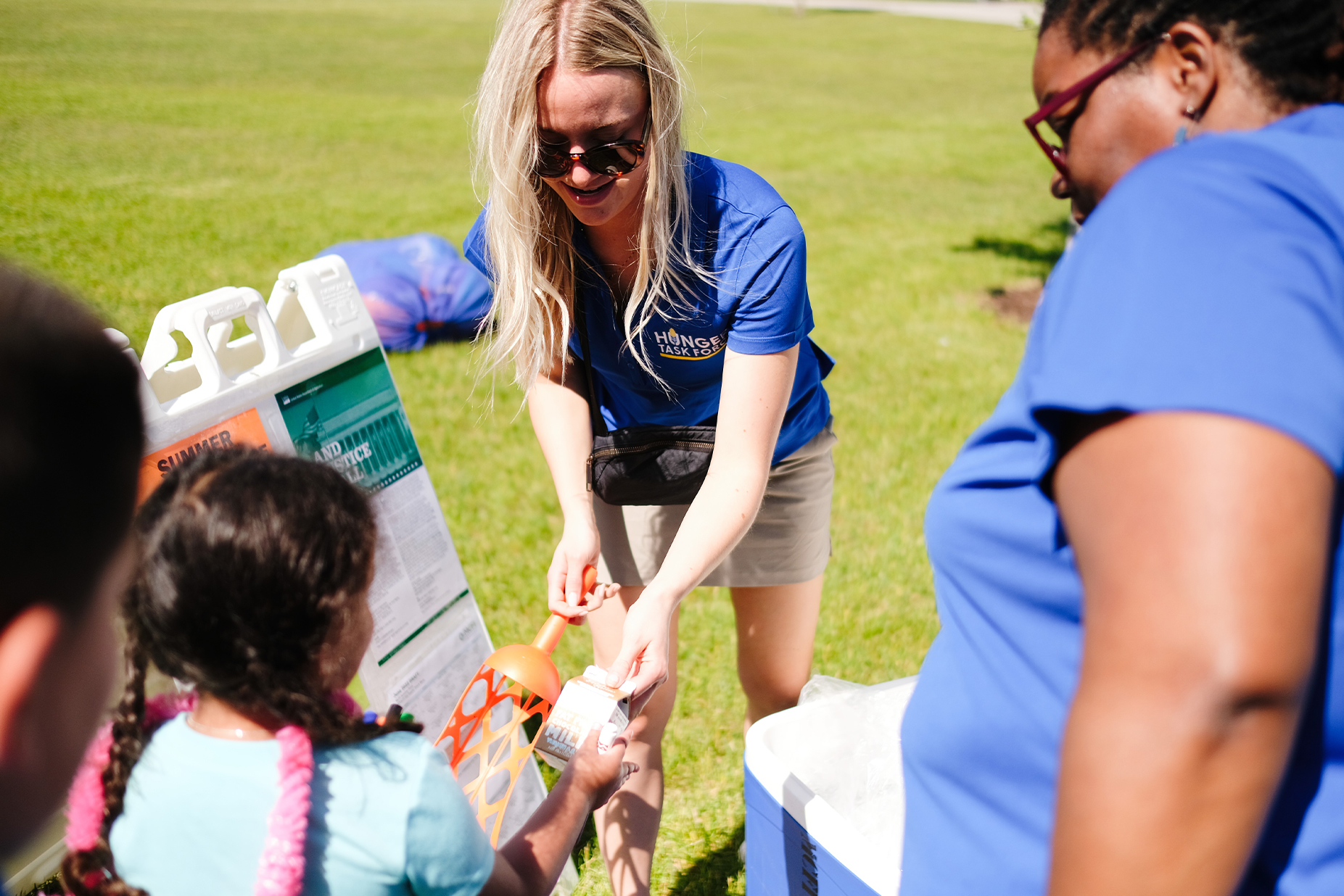
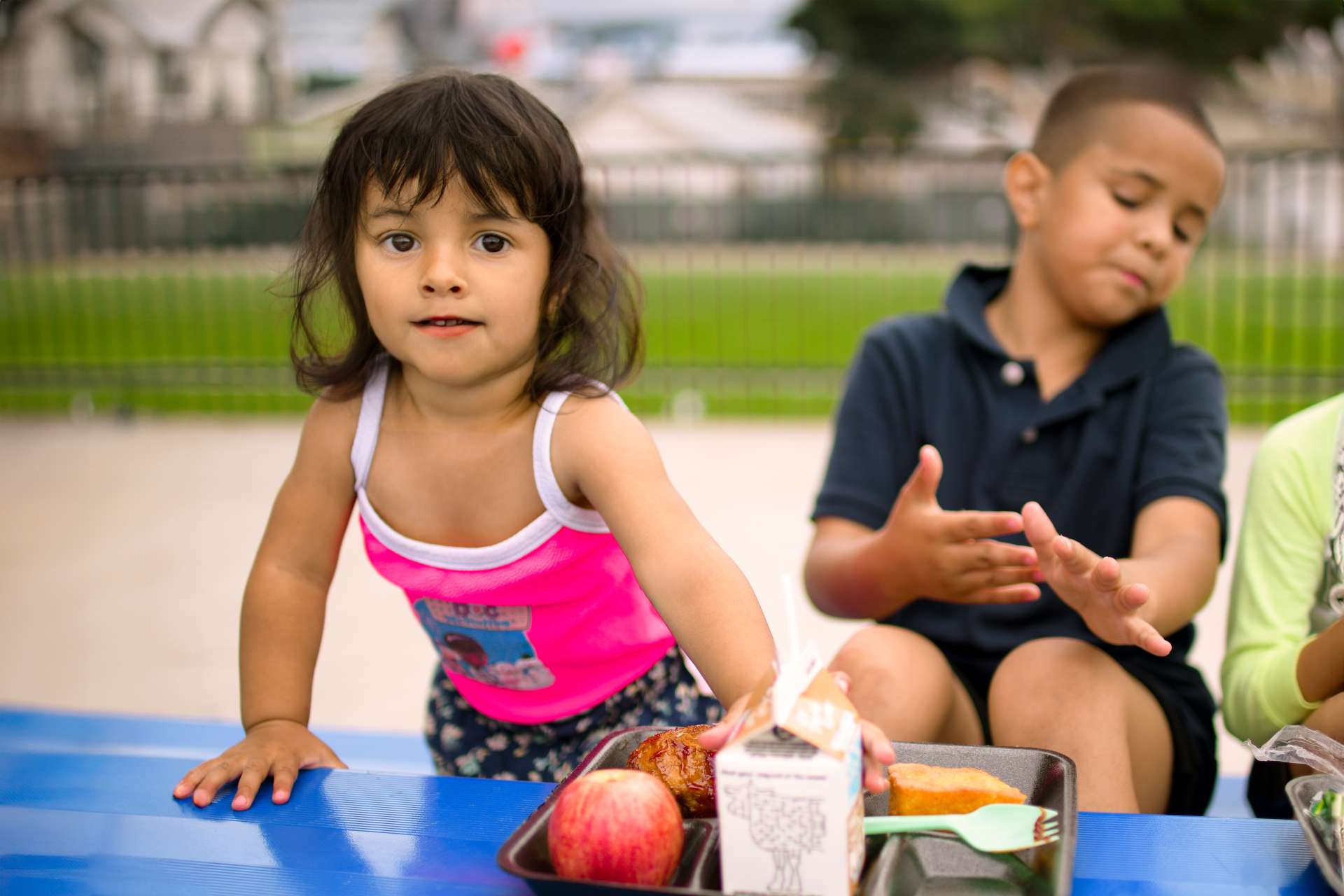
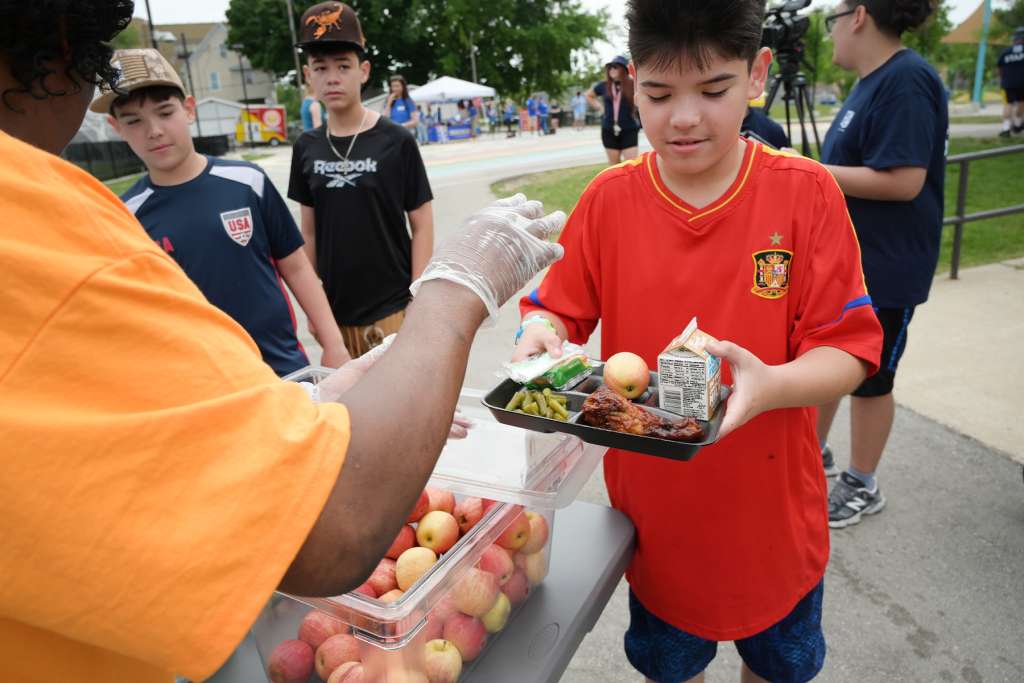
The program partners leverage the USDA’s Summer Food Service Program, a federal nutrition program that provides free breakfasts, lunches and snacks to kids attending the meal sites. A key role of Hunger Task Force is to connect sites with the program’s state administrator—the Wisconsin Department of Public Instruction—so they know the ins and outs on how to utilize the program. The USDA, including past USDA Secretaries and staff of the Midwest Regional Office, has also regularly attended the program’s kick-off event in June to speak to the importance of the program and model established in Milwaukee.
Community donors are the third pillar. Over time, donor investments have played key roles in keeping sites open through August after summer school ends in late July. They have also paved the way for new models like grab-and-go or “non-congregate” meal sites. Donor investments also help drive awareness of meal site locations through signage and texting campaigns. Most importantly, local donors have provided funding to purchase suppers, which are not covered by summer nutrition programs. For years, Kohl’s Cares has played a key leadership role in purchasing suppers to ensure three free meals each day for kids.
For the Summer Meals Collaborative to be most effective, community support is needed every step of the way. Donations to Hunger Task Force are typically lower during the summer months, but they are needed more than ever to drive these critical partnerships that feed kids. Hunger relief is community work. It’s what helped Hunger Task Force and partners serve over 416,000 meals to local kids last summer!
Chances are, there’s a summer meals site serving kids in your neighborhood. Now is a great time to get involved, whether as a donor, volunteer or advocate. Your support can help keep kids healthy and able to enjoy the care-free play that all kids should have during the summer.
